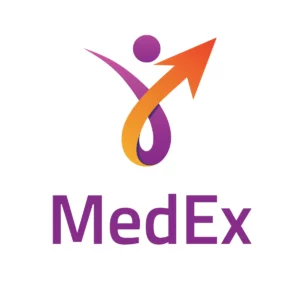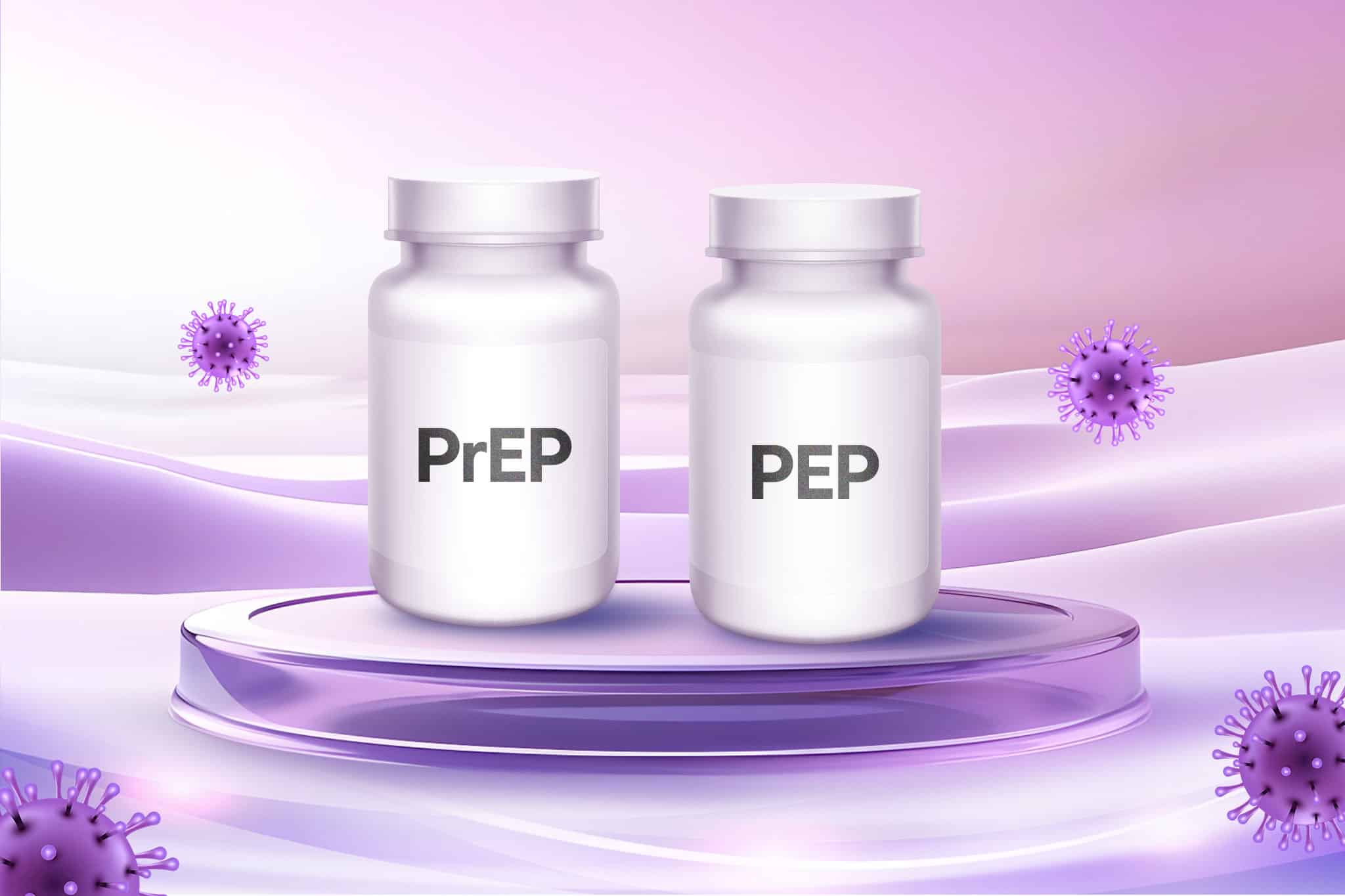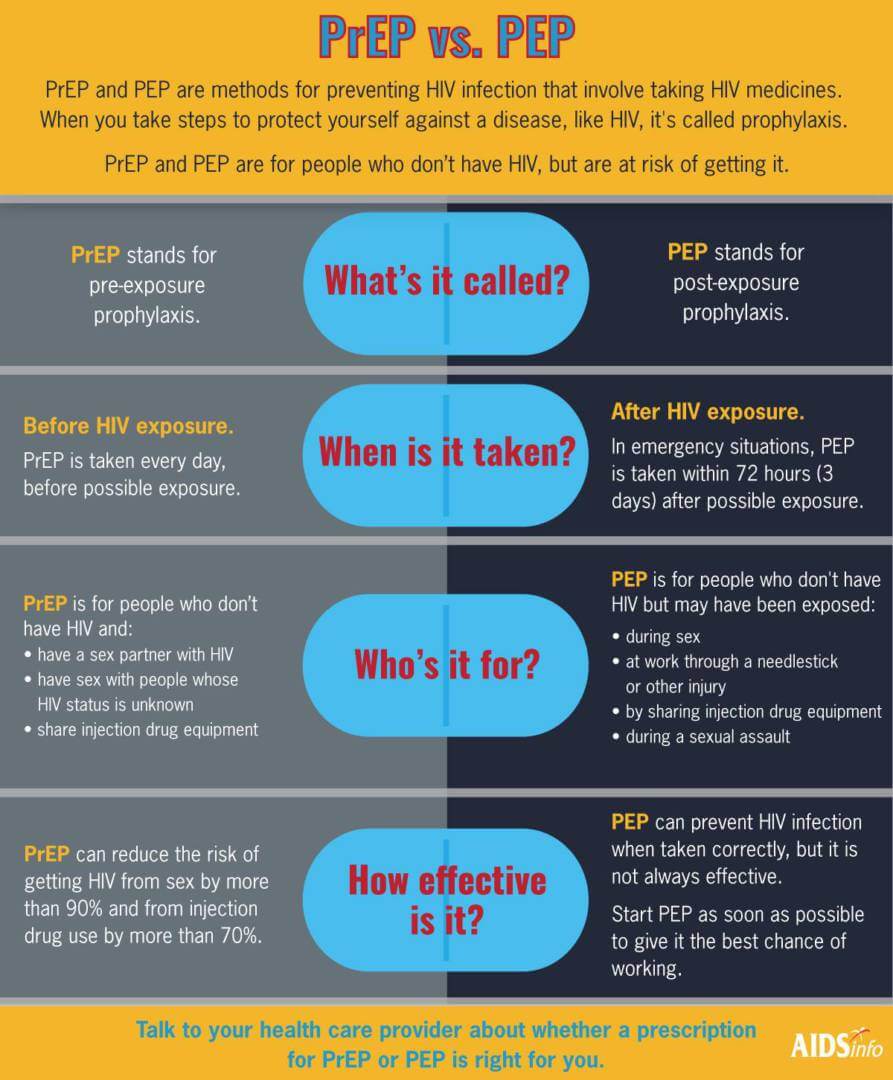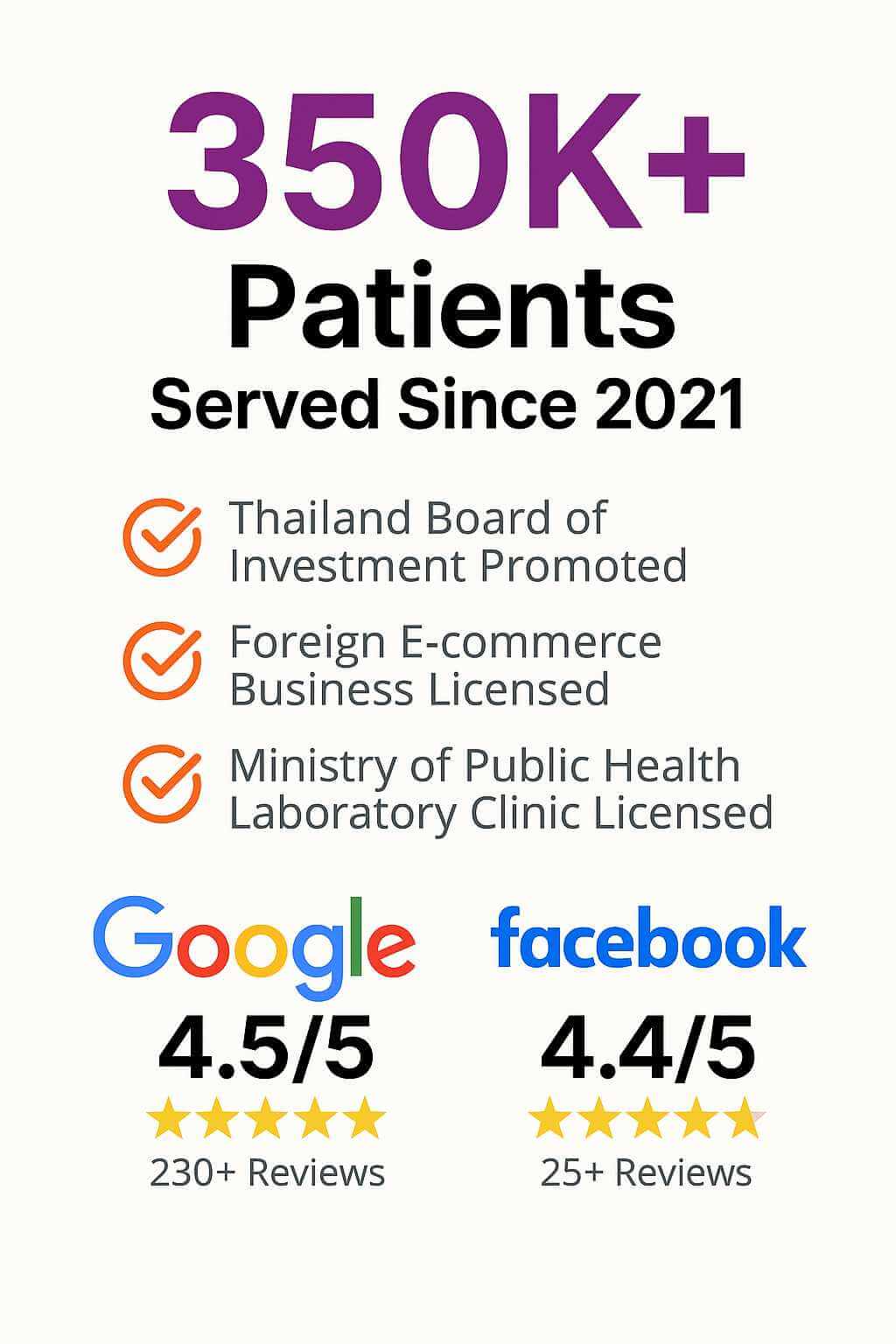
Mental health check-ups are just as important as physical ones, here is why
When we think about health check-ups, most of us picture blood tests, blood pressure readings, and physical examinations. These are important —
Experience MedEx Seamless Care Delivery — 10% OFF on Your First Appointment - Use 'TRYMEDEX' Coupon Code on Checkout


Living with HIV poses significant challenges, but with effective treatment and support, individuals can lead fulfilling lives. At MedEx, our commitment to comprehensive care includes offering Post-Exposure Prophylaxis (PEP) and Pre-Exposure Prophylaxis (PrEP) to help our patients stay healthy and prevent the transmission of HIV. What is PEP? Post-Exposure Prophylaxis (PEP) is a treatment aimed […]

MedEx is a one-stop destination when it comes to medical tourism and digital specialized health care services. MedEx serves as a connector between patients and trusted world-class health service providers.


Living with HIV poses significant challenges, but with effective treatment and support, individuals can lead fulfilling lives. At MedEx, our commitment to comprehensive care includes offering Post-Exposure Prophylaxis (PEP) and Pre-Exposure Prophylaxis (PrEP) to help our patients stay healthy and prevent the transmission of HIV.
Table of Contents
TogglePost-Exposure Prophylaxis (PEP) is a treatment aimed at preventing HIV after a possible exposure. It involves taking antiretroviral medications within 72 hours of potential exposure to the virus. PEP is highly effective when started promptly and taken correctly for the ordered 28-day course.
PEP is specifically for emergencies and not intended for regular use. Situations warranting PEP may include:
PEP functions by preventing the HIV virus from establishing a permanent infection within the body. Antiretroviral medications inhibit viral replication, allowing the immune system time to eradicate the virus before it spreads.

Pre-Exposure Prophylaxis (PrEP) is a preventive measure for individuals who do not have HIV but are at high risk of contracting it. PrEP involves taking a daily pill that contains antiretroviral medications to reduce the risk of HIV infection. It’s highly effective when taken as ordered and combined with other prevention methods like condom use.
PrEP is recommended for individuals at significant risk of HIV, including:
Before commencing PEP or PrEP, individuals must consult a healthcare professional to evaluate their eligibility. This includes discussing the treatment’s benefits, risks, and potential side effects. PEP and PrEP are not meant for routine use. PEP is taken within 72 hours of potential HIV exposure, whereas PrEP is for those at high risk but not yet infected. Comprehensive lab tests, including HIV, VDRL, HBsAg, HCV, CBC, LFT (TP, Alb, Glo, TB, DB, ALT, AST), are essential before initiating PEP/PrEP. These tests ascertain the individual’s health status and ability to tolerate the medication.
Both PEP and PrEP may exhibit side effects, such as nausea, fatigue, headaches, and digestive issues for PEP, and nausea, headaches, and weight loss for PrEP. Regular intake at the same time daily ensures effectiveness. Vigilant monitoring and reporting of any side effects to healthcare providers are crucial.
Lab tests should be repeated after one month of PEP/PrEP initiation to assess the body’s response and check for adverse effects. Regular monitoring ensures the treatment’s efficacy and the organs’ healthy functioning. Early detection of issues allows for timely adjustments to the treatment plan.
Initiating PEP or PrEP signifies a crucial step in protecting oneself from HIV. Through comprehensive consultation, adherence to guidelines, and regular monitoring, individuals can ensure a safe and effective treatment journey. Follow-up tests after one month facilitate optimal outcomes. Prioritize your health and well-being by staying proactive
At MedEx, we offer comprehensive HIV care, including HIV and other STD testing, treatment, and prevention services.With our team of experienced doctors and infectious disease specialists from our JCI-accredited partner hospitals, we deliver personalized care designed to meet the unique needs of each patient. We prioritize confidentiality and respect for our patients’ privacy, fostering a compassionate atmosphere where individuals can freely discuss their concerns and receive non-judgmental care.

When we think about health check-ups, most of us picture blood tests, blood pressure readings, and physical examinations. These are important —

When your doctor orders “routine blood work,” you may later receive a sheet filled with numbers, abbreviations, and reference ranges. For many

What exams to expect at every life stage – from your 20s to your 70s and beyond At MedEx, we believe in
Find quality services, specialists, procedures and more from the comfort of your home. All you need to do is enter a keyword or phrase describing what you are looking for.
DOWNLOAD MEDEX ONE APP
MedEx decentralizes the care continuum as a one-stop care navigation concierge, transforming the care delivery model through its Pan-Asia provider aggregation platform, primary satellite clinics, telemedicine services, and at-home health care solutions.







MedEx connects you with world-class health care providers across borders, makes medical travel simple, low-cost and transparent and offers premium primary care.


© 2020-25 MedEx Ventures Co., Ltd.
